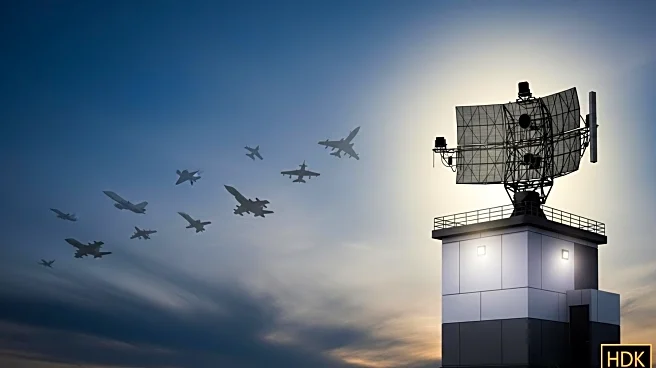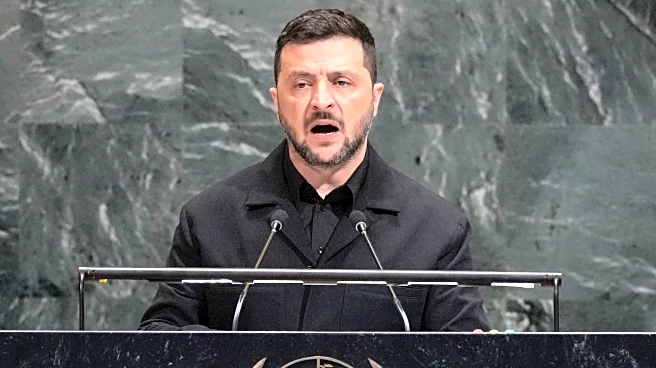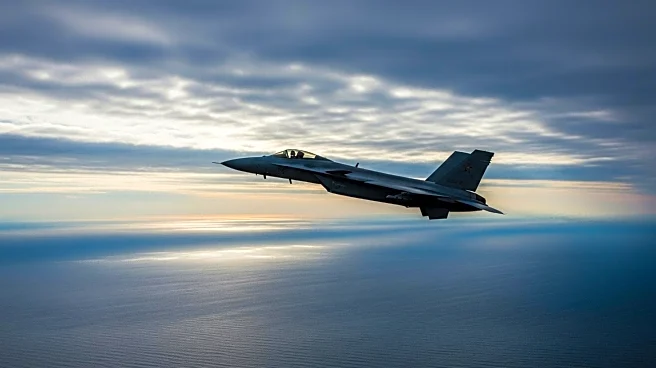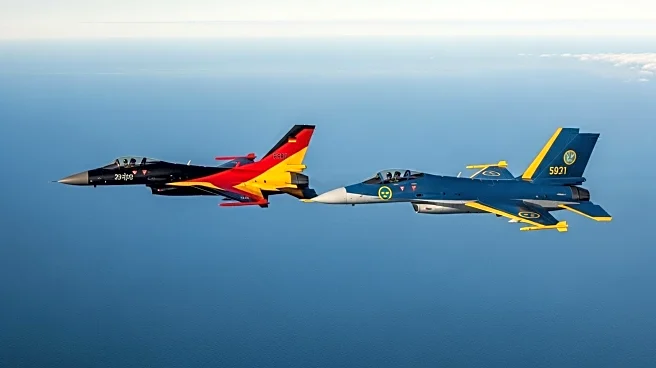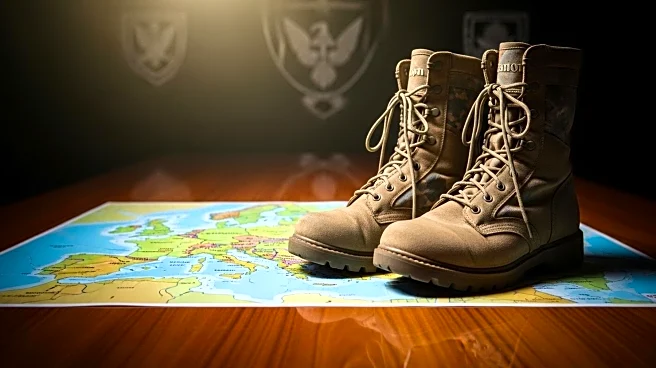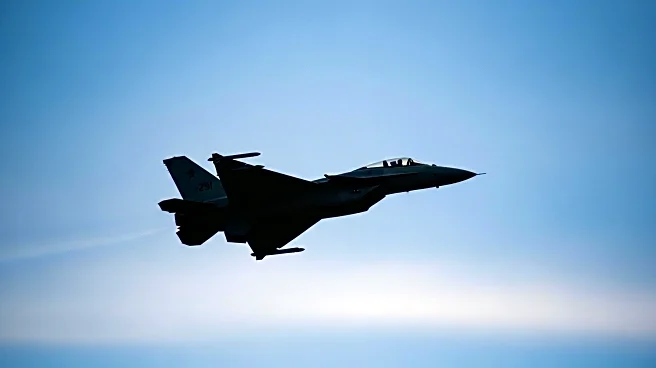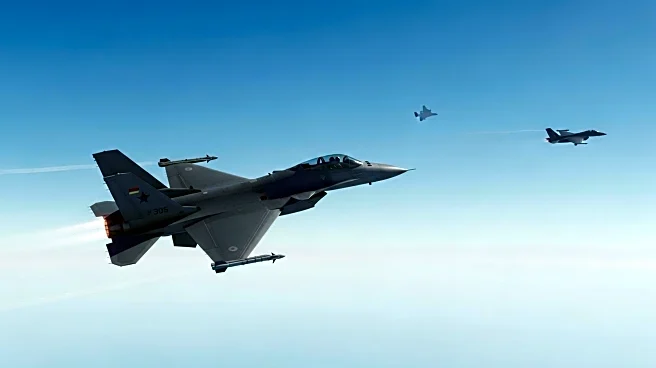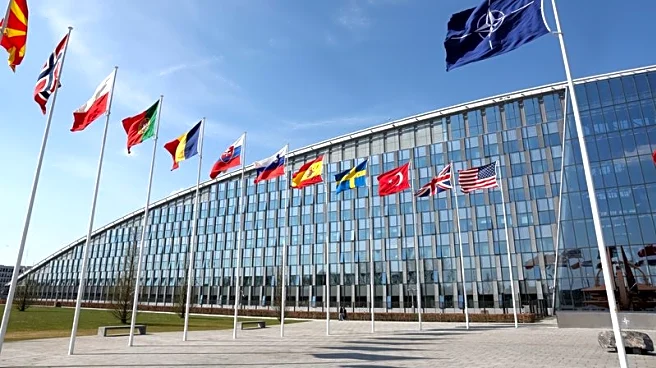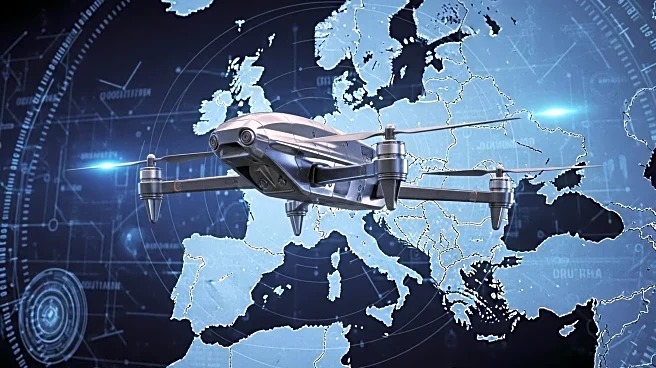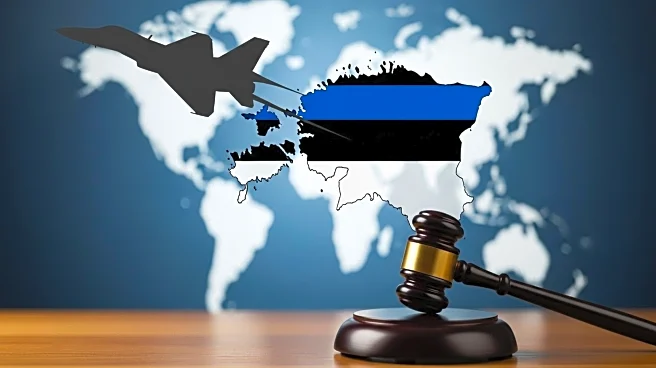What's Happening?
NATO allies are divided on whether to adopt a policy of shooting down Russian jets that violate NATO airspace. The debate intensified after Russian fighter jets entered Estonian airspace, prompting an emergency meeting of the North Atlantic Council. While countries like the U.S., Poland, and Baltic nations advocate for a forceful response, others, including Germany, urge restraint. The final statement from the meeting reflects a compromise, emphasizing the use of necessary tools to defend against threats while avoiding explicit commitments to military action. The situation highlights differing perspectives within NATO on handling Russian provocations.
Why It's Important?
The division within NATO over how to respond to Russian incursions underscores the challenges of maintaining alliance unity in the face of external threats. The differing views reflect varying national security priorities and risk assessments, complicating collective decision-making. The situation has implications for NATO's credibility and deterrence capabilities, as well as its ability to effectively respond to Russian aggression. The debate also highlights the broader geopolitical tensions between NATO and Russia, with potential consequences for regional stability and international relations.
Beyond the Headlines
The ongoing incursions by Russia may be testing NATO's resolve and probing for weaknesses in its defense posture. The alliance's response could set a precedent for future interactions with Russia, influencing the strategic calculus of both parties. The situation raises questions about the balance between deterrence and diplomacy, as NATO seeks to protect its members while avoiding unnecessary escalation.

